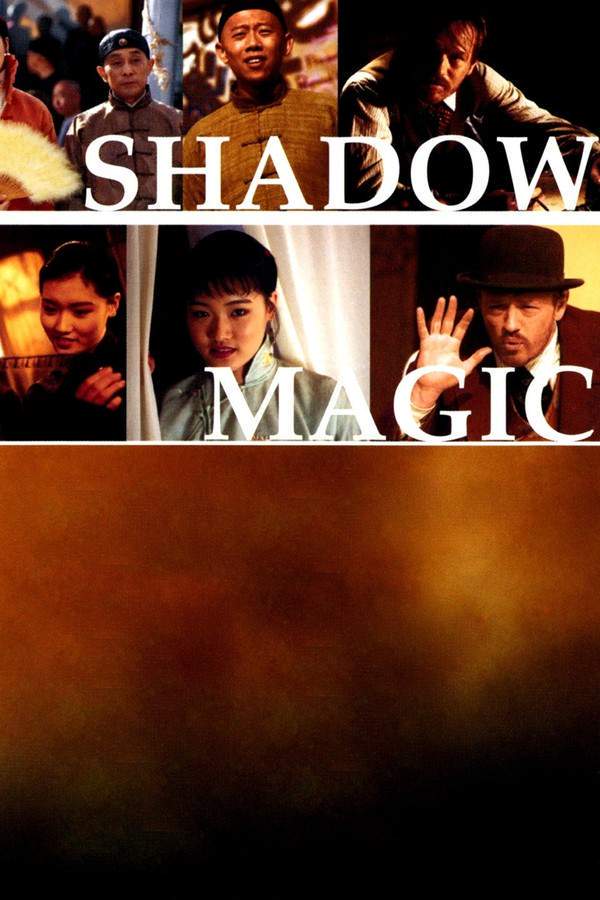
Shadow Magic
Year: 2001
Runtime: 115 min
Language: Chinese
In 1902 Peking, the renowned Feng Tai Photo Shop is abuzz with excitement as opera star Lord Tan is set to perform. Chief photographer Liu Jinglun, preoccupied with Western inventions like a discarded Victrola he salvaged, struggles to balance tradition and innovation. His boss, Master Ren, encourages him to embrace traditional photographic techniques, but Liu is drawn to the possibilities of new technologies and the changing times.
Warning: spoilers below!
Haven’t seen Shadow Magic yet? This summary contains major spoilers. Bookmark the page, watch the movie, and come back for the full breakdown. If you're ready, scroll on and relive the story!
Timeline & Setting – Shadow Magic (2001)
Explore the full timeline and setting of Shadow Magic (2001). Follow every major event in chronological order and see how the environment shapes the story, characters, and dramatic tension.
Last Updated: October 22, 2024 at 23:09
Main Characters – Shadow Magic (2001)
Meet the key characters of Shadow Magic (2001), with detailed profiles, motivations, and roles in the plot. Understand their emotional journeys and what they reveal about the film’s deeper themes.
Last Updated: October 22, 2024 at 23:09
Major Themes – Shadow Magic (2001)
Explore the central themes of Shadow Magic (2001), from psychological, social, and emotional dimensions to philosophical messages. Understand what the film is really saying beneath the surface.
Last Updated: October 22, 2024 at 23:09
Unlock the Full Story of Shadow Magic
Don't stop at just watching — explore Shadow Magic in full detail. From the complete plot summary and scene-by-scene timeline to character breakdowns, thematic analysis, and a deep dive into the ending — every page helps you truly understand what Shadow Magic is all about. Plus, discover what's next after the movie.
Shadow Magic Summary
Read a complete plot summary of Shadow Magic, including all key story points, character arcs, and turning points. This in-depth recap is ideal for understanding the narrative structure or reviewing what happened in the movie.

Shadow Magic Timeline
Track the full timeline of Shadow Magic with every major event arranged chronologically. Perfect for decoding non-linear storytelling, flashbacks, or parallel narratives with a clear scene-by-scene breakdown.



